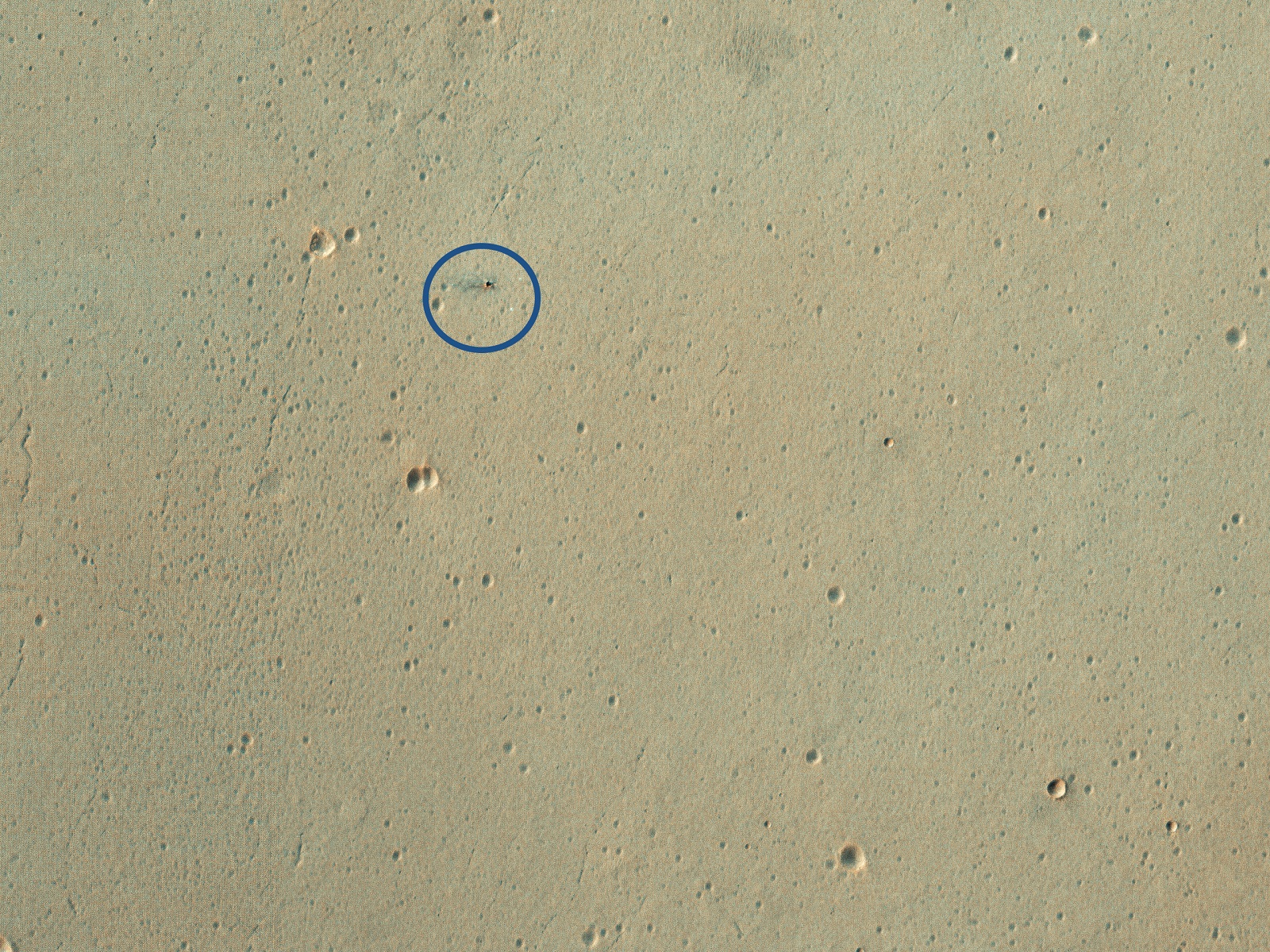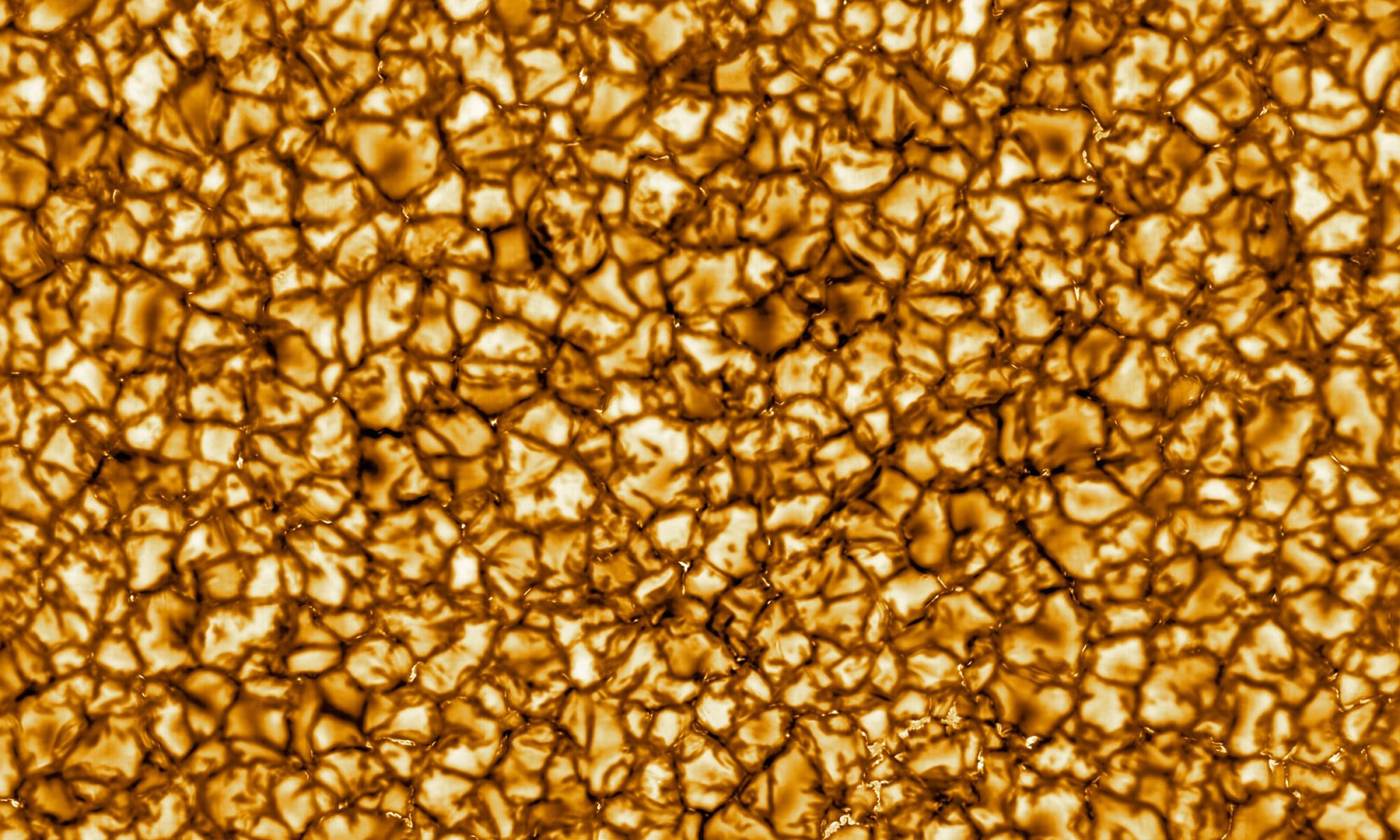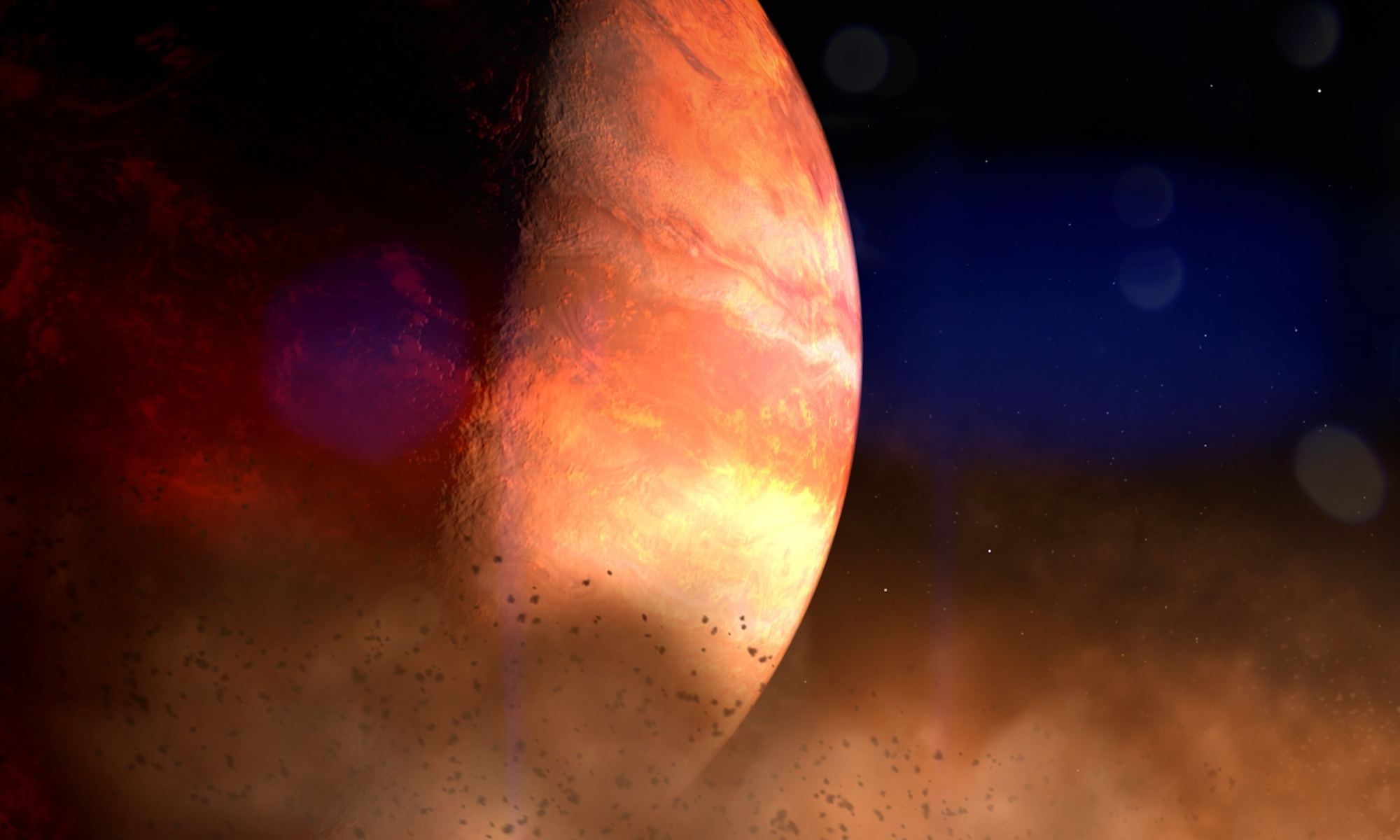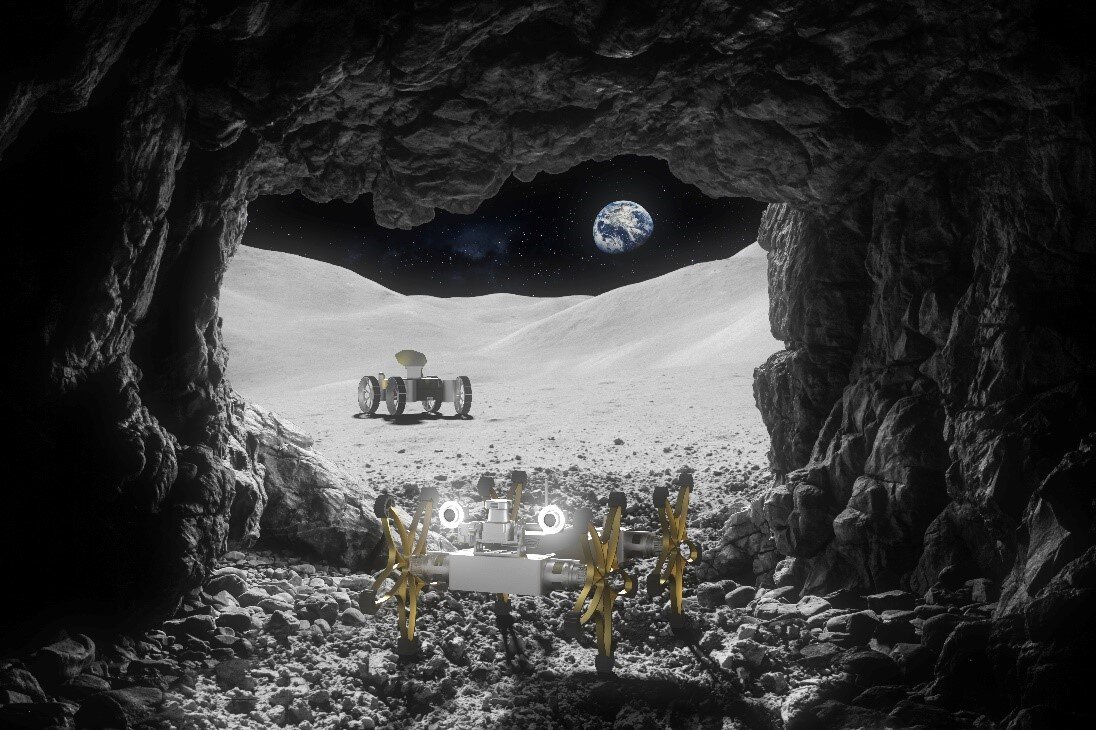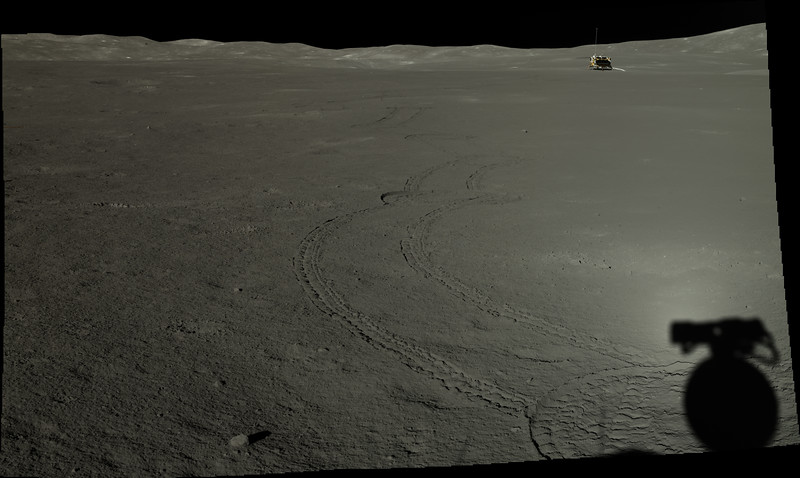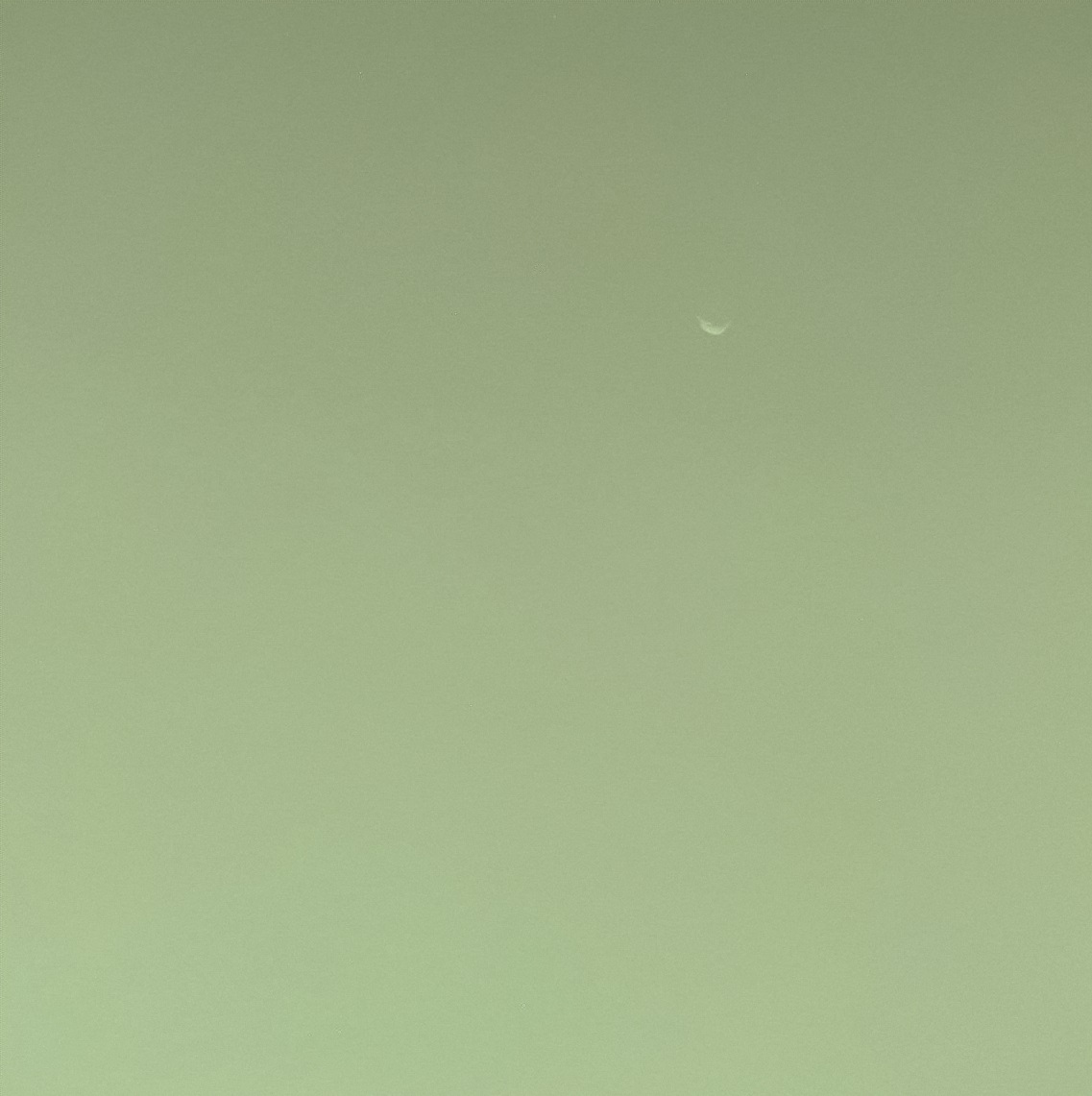On October 19th, 2016, the NASA/ESA ExoMars mission arrived at the Red Planet to begin its study of the surface and atmosphere. While the Trace Gas Orbiter (TGO) successfully established orbit around Mars, the Schiaparelli Lander crashed on its way to the surface. At the time, the Mars Reconnaissance Orbiter (MRO) acquired images of the crash site using its High Resolution Imaging Science Experiment (HiRISE) camera.
In March and December of 2019, the HiRISE camera captured images of this region once again to see what the crash site looked like roughly three years later. The two images show the impact crater that resulted from the crash, which was partially-obscured by dust clouds created by the recent planet-wide dust storm. This storm lasted throughout the summer of 2019 and coincided with Spring in Mars’ northern hemisphere.
Continue reading “This is the Spot Where ESA’s Schiaparelli Crashed Into Mars”
